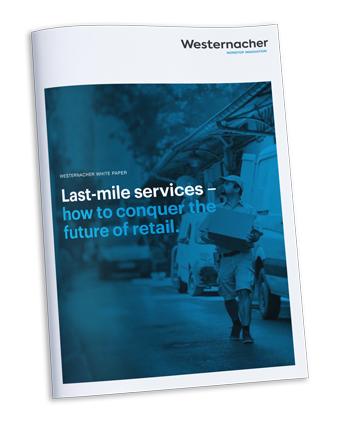Share this white paper
Home deliveries, or more broadly speaking last-mile deliveries have been around for a long time. However, first with Internet-only retailers, then with the growth of Amazon and Alibaba, and now with COVID-19, the importance of mastering last-mile deliveries has become imperative. While home delivery used to be a luxury add-on offering, it is now the only way for many retailers to generate revenues.
Last-mile delivery challenges differ by product type: grocery retailers need to deliver within a few hours or at least on the same day of order placement, and they usually have to combine packaged goods, fresh produce, and frozen goods in one order. Compare this with white goods or furniture retailers who need to be able to provide additional services such as assemblies or installations. Fashion retailers, finally, face challenges of managing return rates as high as 80%. Therefore, different solutions are needed.
What you will take out of this.
What are the last-mile delivery challenges?
How are they different by product type?
How to turn these challenges into opportunities?
What are the different solutions needed?
What are the capabilities needed to provide best-in-class last-mile services?
What are the criteria to assess your last-mile maturity?

Use case: home delivery in 90 days – a “Komplett” success.
Our customer Komplett Group was in 2015 the Nordic’s largest e-commerce player, with a total of 17 Web shops and reporting revenues of over €800M. As with all its Web shops, Komplett’s goal for its grocery Web shop marked.no was to ensure simple user navigation that provides a unique user experience. The scope of the Web shop: high-quality groceries, freshly prepared meals, and DIY recipes. Learn how we implemented their home-delivery solutions in 90 days.
